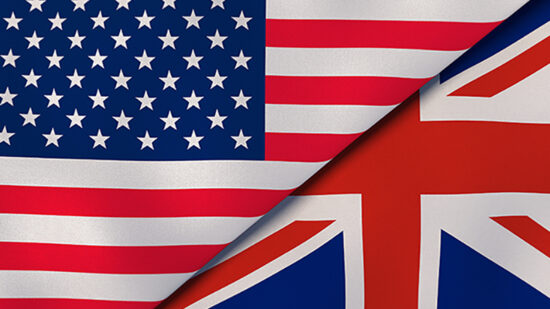United States equities continue to be a safe bet as corporate America relentlessly pushes onwards, and the asset class will make up a large proportion of virtually all sensibly constructed portfolios.
However, with Janet Yellen and her Federal Open Market Committee (FOMC) colleagues seemingly poised to raise rates either in September, or more likely December, some of the considerable wind in the sales of US equities could fade away.
Europe
Then there is Europe. Over recent weeks it has been hard to open up a financial news site without some more poor data on the eurozone economy being reported. On Tuesday we had business sentiment data at remarkably similar level to that seen around the time of the 2011 euro crisis.
The United Kingdom economy and its equities market is showing resilience, but with so much uncertainty remaining over how the Brexit negotiations will play out still, can investors really be comfortable with a high weighting?
Emerging Markets
Not to forget emerging markets. The asset class is once again enjoying some time in the sun as investors rotate in, arguably more due to a lack of other options than compelling investment case.
Even in the most optimistic scenario however, emerging market equities generally carry higher risk and can only every make up a relatively small minority of most portfolios.
Japan
Turning to Japan, at first glance it is hard to see why investors should favour it over the four geographic sectors mentioned above. The country has significant demographic challenges in terms of a shrinking, ageing population which shows no sign of being reversed.
The fact that the vast QE programme being carried out by the Bank of Japan has had no meaningful impact on economic growth and inflation is the other big negative. As the chart below shows, QE has done its usual trick of lifting equities, but it is hard to see how this will be sustained when the money printing has to be called to a halt eventually.
The asset class performed strongly between mid-February and the start of July, but has largely been treading water since.

Third Arrow
That is unless the fabled ‘third arrow’ hits its target. The talk of corporate reforms in Japan has been around for years now, but investors have had to be very patient in terms of the talk turning into action. There are however signs that real change is now taking place, particularly in the areas which have the most direct impact on shareholder returns.
According to chief strategist at Nikko Asset Management Naoki Kamiyama, progress on corporate governance reforms is undeniable.
“For a long time, international investors have felt that Japan had a problem with corporate governance, particularly in terms of Japanese companies’ low return on equity,” he said. “Under Abenomics, the government has implemented a number of measures, which have led to a shift in institutional investors’ expectations about management’s responsibility to deliver higher ROE. These include introducing stewardship codes for institutional investors in 2014, with corporate governance codes adopted by most listed companies towards the end of 2015.”








